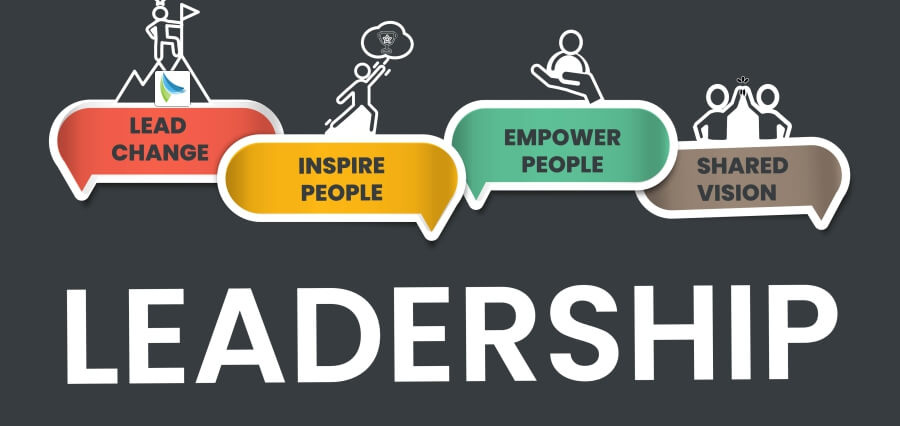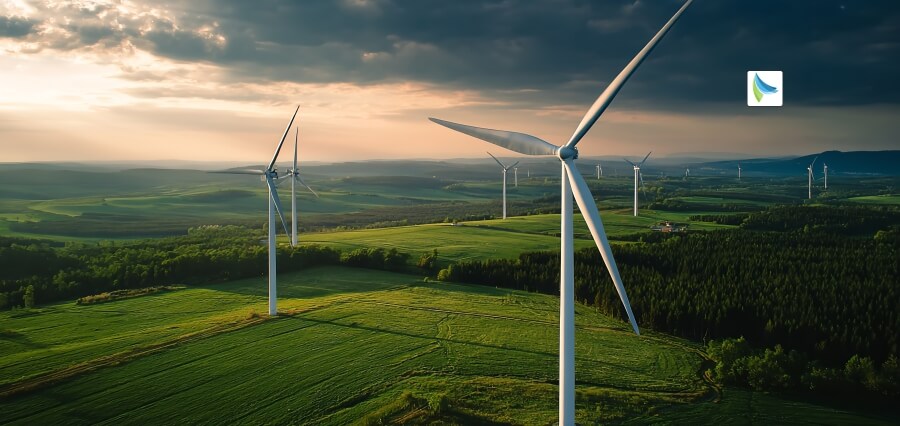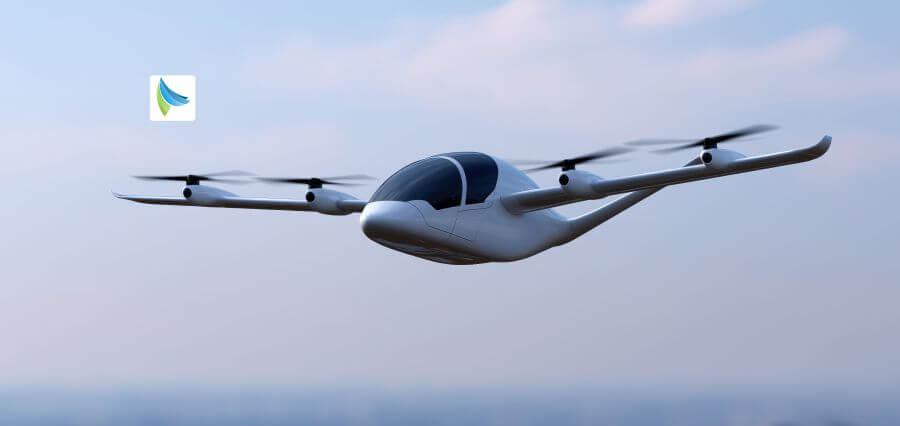Sustainability in Motion
As the climate crisis and the need for the environment to be taken into account define the era, sustainability is not a static ideal anymore—it is a dynamic movement. Across industries, businesses and governments are realizing that sustainability is not only about making promises or writing reports but it is also about changing the vision into measurable, renewable impact. The idea of “Sustainability in motion” is basically that the progress which is continuous, adaptable, and results-driven should be able to connect the gap between aspiration and action.
The Shift from Awareness to Action
The debate on sustainability has been largely about awareness only, i.e., recognizing the importance of cutting emissions, saving resources, and protecting the environment. Yet, this recognition was only the first step. Now the stakeholders, including investors and consumers, are calling for real outcomes. They want to witness the transformation of the pledges into renewable energy use, carbon reduction, circular supply chains, and social inclusion.
The transition they are making is led by the organizations which consider sustainability a core business strategy of their company rather than a public relations stunt. It has become a question of doing away with the words and focusing on actions; of moving from intentions to implementations; from statements to systems.
Vision as the Catalyst
First off, a vision is the foundation of any sustainability journey—a purpose that brings together environmental, social, and economic goals in a coherent and meaningful way. The vision serves both as a guide and a source of energy, it is the framework that permeates and supports decision-making at all organizational levels.
Nothing less than visionary leadership is required. The leaders that realize that sustainability is not a sacrifice to profitability but rather a way to keep the competitive advantage over time, are the ones who make the impact going beyond the boundaries. They drive the transition by linking sustainability targets with innovation, competitive advantage and stakeholder value, thus, they encourage the workforce and partners to climb beyond the level of meeting regulatory requirements towards the level of inventiveness-driven solutions.
Renewable Energy: The Fuel of Change
The global move towards renewable energy is at the core of this change. Solar, wind, and water power along with the use of green hydrogen and biomaterials are dramatically altering the industrial landscape. The question of renewable energy being a mere alternative is over as it is swiftly becoming the main vehicle for maintaining environmental progress.
Enterprises that are modifying their energy consumption by the use of renewables not only decrease their carbon emissions but also improve their energy safety, make their costs predictable and become more resilient. Also, this move towards renewable sources is quite instrumental in speeding up the innovations in the areas of energy storage, grid management and decentralized energy systems which have the potentials of new business models and a fresh pool of labor.
Recovering Materials through Circular Economy and Efficiency
Sustainability as a continuous process demands a profound and fresh understanding of how resources are produced, consumed and recycled. One of the major factors behind the significant impact of renewables lies in the circular economy concept – a system in which waste is reduced to a radical minimum and materials keep being reused. The organizations are increasing their products’ and supply chains’ as well as the manufacturing process’ lifecycles by the redesigning strategy and thus reduce the environmental impact in the whole production cycle.
The Triad: Data, Technology, and Measurable Impact
Digital innovation lies at the heart of the phenomenon of sustainability in motion. Artificial intelligence (AI), data analytics, and the Internet of Things (IoT) are technologies that basically impose environmental accountability and at the same time give predictive power to organizations by enabling them to keep track of emissions, measure their activities, and forecast environmental outcomes with an unprecedented level of detail and accuracy.
The usage of these resources is accompanied by the provision of transparency and accountability, thus leaders are able not only to track ongoing changes but also take data-driven decisions. Smart grids, precision agriculture, and intelligent manufacturing stand as evidence that technology can be employed to achieve sustainability goals while being integrated into everyday operational activities. The power to put a number on renewable impact moves the whole concept of sustainability from being an intangible to one that is quantifiable and manageable.
Conclusion
Sustainability in action stands for the realization of the vision in a renewable and tangible way. It represents an alignment of the purpose with the performance, the ambition with the accountability, and the innovation with the impact. The companies that adopt this way of thinking go beyond meeting the short-term targets and focus on the creation of the lasting systems of value that serve the business, society, and the planet.
The future of sustainability is not about making promises but about making progress. Leaders who decide to integrate renewable energy, circular thinking, and digital intelligence into their strategies are in a position to drive profound change. By doing this, they also secure that sustainability is not a point that has been reached and rather, it is an ongoing journey—one in which the vision turns into impact and motion becomes momentum for a better, greener future.












